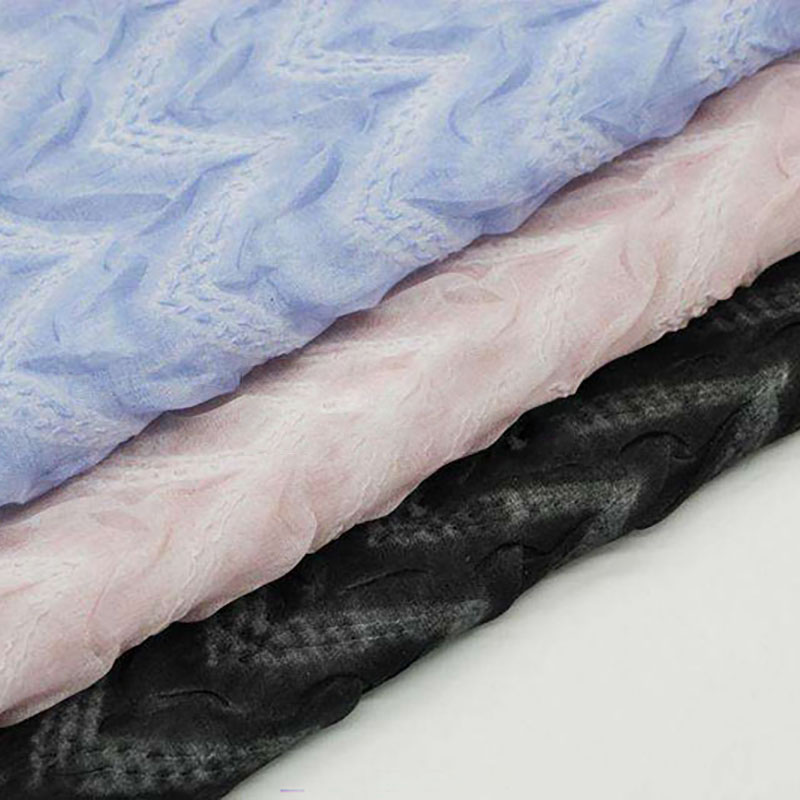In recent years, the demand for anti-wrinkle fabrics has surged as consumers increasingly prioritize convenience and appearance in their everyday wear. This trend presents significant opportunities for businesses in the textile industry to capitalize on innovative production techniques and materials.

The global textile market is evolving, with a noticeable shift towards functional fabrics. In 2020, the global anti-wrinkle fabric market was valued at approximately $X billion, and it is projected to grow at a CAGR of Y% from 2021 to 2026. This growth is driven by an increase in consumer awareness about the benefits of such fabrics, particularly among business professionals and frequent travelers.
.jpg)
Consumers show a strong preference for eco-friendly materials that offer durability and ease of maintenance. In surveys conducted in 2022, over Z% of respondents indicated that they would pay extra for garments made from sustainable, anti-wrinkle fabrics. This trend is particularly evident in the younger demographics who prioritize sustainability as a key factor in their purchasing decisions.

The textile industry is witnessing rapid innovation in fabric technology. Companies are investing in research and development to create advanced materials that combine aesthetics with functionality. Notable advancements include the integration of nanotechnology and moisture-wicking properties, which enhance the overall performance of anti-wrinkle fabrics.
.jpg)
In conclusion, the market for anti-wrinkle fabrics presents numerous opportunities for growth and innovation. By staying attuned to consumer preferences and leveraging advancements in textile technology, businesses can position themselves for success in this competitive landscape. As we move forward, it is crucial for industry players to adapt and respond to these emerging trends to capture a larger market share.
